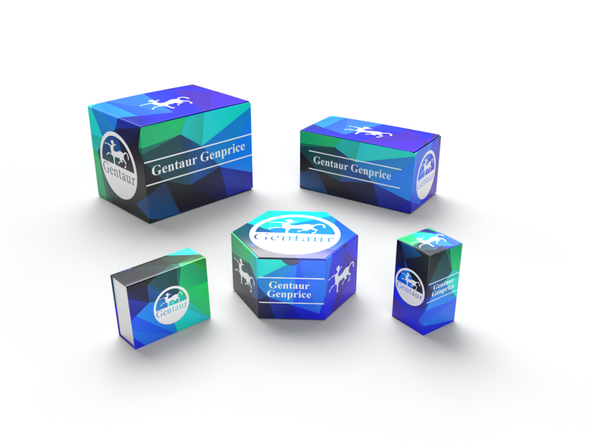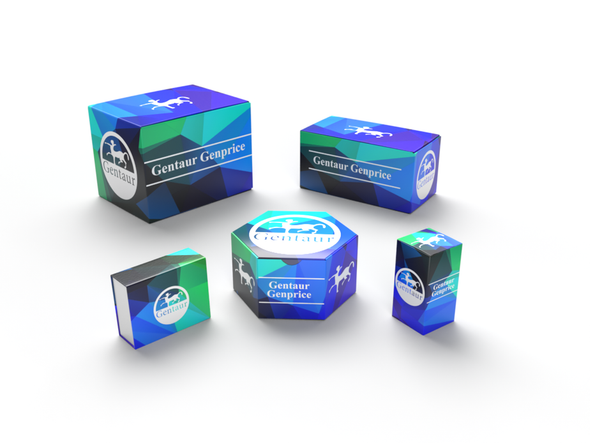Description
GTPBP1 Antibody | 26-605 | Gentaur UK, US & Europe Distribution
Host: Rabbit
Reactivity: Human, Mouse, Rat
Homology: N/A
Immunogen: Antibody produced in rabbits immunized with a synthetic peptide corresponding a region of human GTPBP1.
Research Area: Transcription, Signal Transduction, Immunology
Tested Application: E, WB
Application: GTPBP1 antibody can be used for detection of GTPBP1 by ELISA at 1:12500. GTPBP1 antibody can be used for detection of GTPBP1 by western blot at 1 μg/mL, and HRP conjugated secondary antibody should be diluted 1:50, 000 - 100, 000.
Specificiy: N/A
Positive Control 1: 721_B Cell Lysate
Positive Control 2: N/A
Positive Control 3: N/A
Positive Control 4: N/A
Positive Control 5: N/A
Positive Control 6: N/A
Molecular Weight: 72 kDa
Validation: N/A
Isoform: N/A
Purification: Antibody is purified by peptide affinity chromatography method.
Clonality: Polyclonal
Clone: N/A
Isotype: N/A
Conjugate: Unconjugated
Physical State: Liquid
Buffer: Purified antibody supplied in 1x PBS buffer with 0.09% (w/v) sodium azide and 2% sucrose.
Concentration: batch dependent
Storage Condition: For short periods of storage (days) store at 4˚C. For longer periods of storage, store GTPBP1 antibody at -20˚C. As with any antibody avoid repeat freeze-thaw cycles.
Alternate Name: GTPBP1, GP-1, GP1, HSPC018, MGC20069
User Note: Optimal dilutions for each application to be determined by the researcher.
BACKGROUND: The GTPBP1 gene is upregulated by interferon-gamma and the protein is a member of the AGP11/GTPBP1 family of GTP-binding proteins. A structurally similar protein has been found in mouse, where disruption of the gene for that protein had no observable phenotype.This gene is upregulated by interferon-gamma and encodes a protein that is a member of the AGP11/GTPBP1 family of GTP-binding proteins. A structurally similar protein has been found in mouse, where disruption of the gene for that protein had no observable phenotype.






